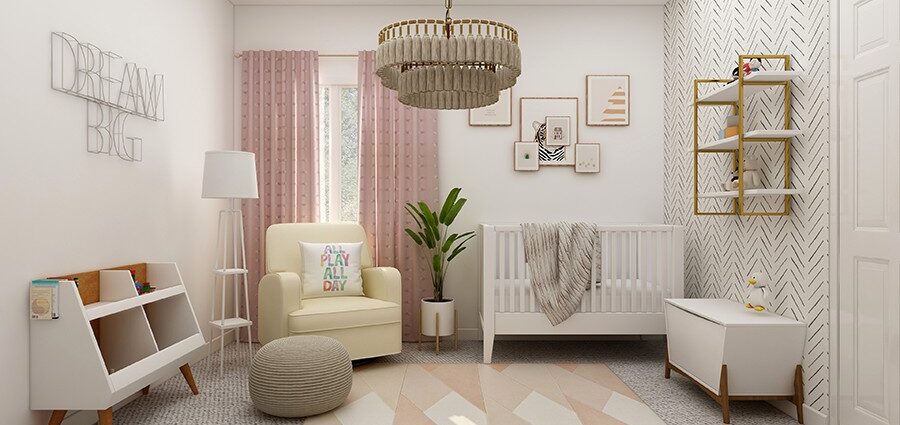Creating a safe and eco-friendly space for your child is more important than ever. With growing awareness of environmental concerns and the potential risks of toxic materials, parents are increasingly looking for reliable sources to make informed choices. LittleBird India offers a range of sustainable and non-toxic solutions to help create a healthier space for children. parents are seeking healthier, more sustainable choices for their children’s rooms. Here’s how you can make informed decisions to ensure a safe and nurturing environment for your little one.
1. Choose VOC-Free Paints and Finishes
Many conventional paints contain volatile organic compounds (VOCs) that release harmful gases into the air. These can contribute to respiratory issues and allergies. Opt for water-based, non-toxic paints that are free from VOCs to create a safer indoor atmosphere for your child.
2. Select Natural and Organic Bedding
Your child spends a significant amount of time sleeping, making it crucial to choose bedding made from organic cotton, bamboo, or hemp. These materials are free from synthetic chemicals and pesticides, ensuring better sleep and overall health.
3. Invest in Sustainable and Non-Toxic Furniture
When selecting furniture, look for pieces made from solid, sustainably sourced wood rather than particleboard or MDF, which can contain formaldehyde. Finishes should be water-based and free from harmful chemicals. Brands with FSC (Forest Stewardship Council) certification ensure responsible sourcing of wood.
4. Opt for Natural Fiber Rugs and Carpets
Synthetic carpets often contain flame retardants and other toxic chemicals. Instead, choose rugs made from natural fibers such as wool, jute, or organic cotton. These materials are durable, biodegradable, and free from harmful substances.
5. Use Chemical-Free Flooring
Hardwood, bamboo, or cork flooring is a healthier alternative to synthetic carpets and vinyl flooring, which can emit harmful chemicals over time. Ensure the adhesives and finishes used are non-toxic and VOC-free.
6. Prioritize Eco-Friendly and Non-Toxic Toys
Plastic toys often contain BPA, phthalates, and other hazardous chemicals. Instead, opt for wooden, organic fabric, or silicone-based toys that are safe for your child to handle and chew on.
7. Incorporate Sustainable Storage Solutions
Storage units made from non-toxic materials such as solid wood or metal are a great option. Avoid plastic storage bins that can release harmful chemicals. Fabric bins made from organic cotton are a safer and more sustainable alternative.
8. Improve Indoor Air Quality with Plants
Certain houseplants, such as aloe vera, spider plants, and peace lilies, can naturally filter indoor air pollutants, creating a fresher and healthier environment. However, make sure the plants you choose are non-toxic and safe for children.
9. Avoid Synthetic Fragrances and Air Fresheners
Artificial fragrances in room sprays, candles, and air fresheners often contain harmful chemicals. Instead, use essential oil diffusers with child-safe oils or open windows regularly to allow fresh air circulation.
10. Encourage Upcycling and DIY Decor
Repurposing existing furniture, using second-hand items, or engaging in DIY projects reduces waste and promotes sustainability. Look for non-toxic paints and finishes when giving old furniture a new life.
Final Thoughts
Creating a non-toxic and sustainable space for your child doesn’t have to be overwhelming. By making mindful choices about materials, finishes, and products, you can design a room that is both beautiful and safe for your little one while being kind to the environment.

